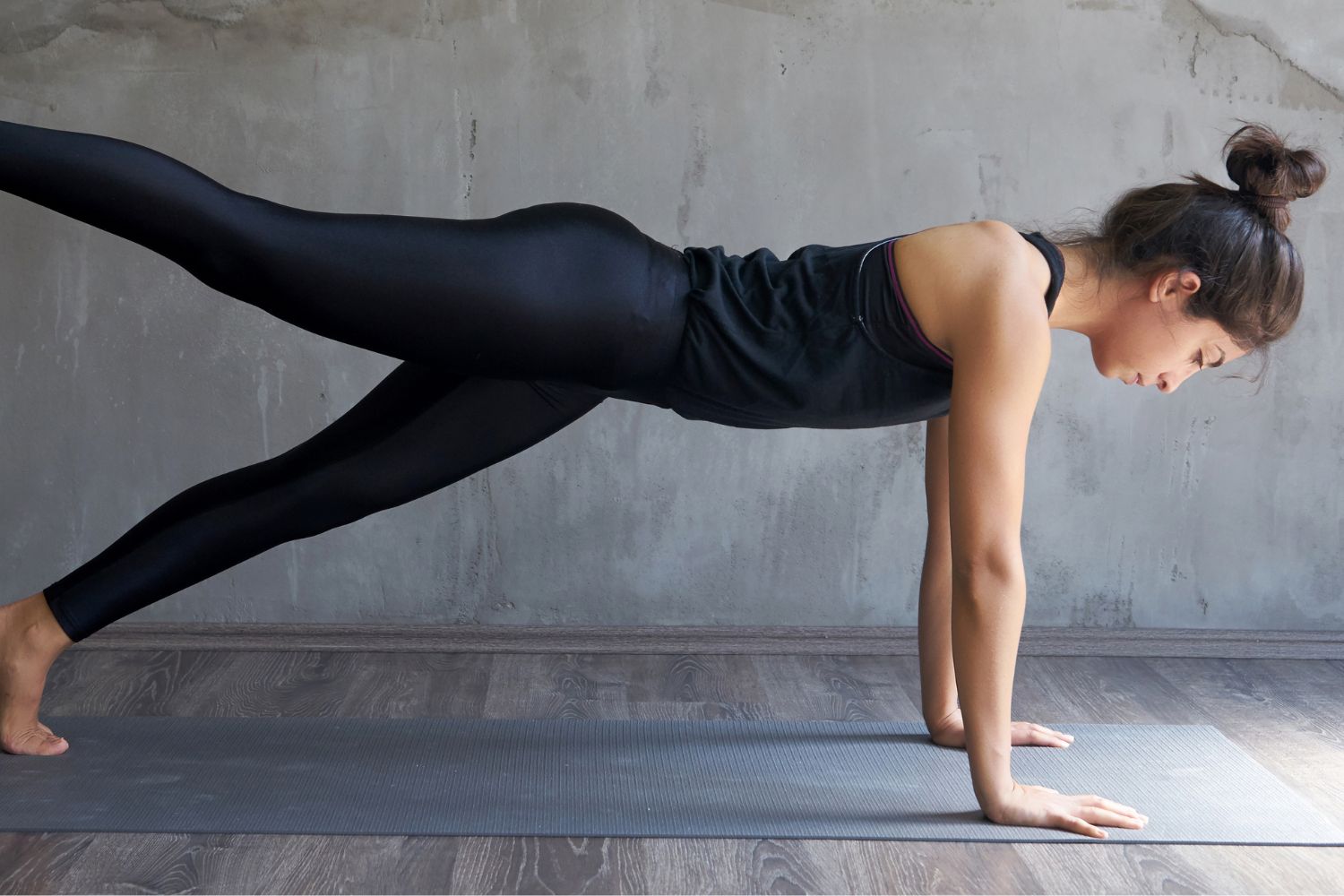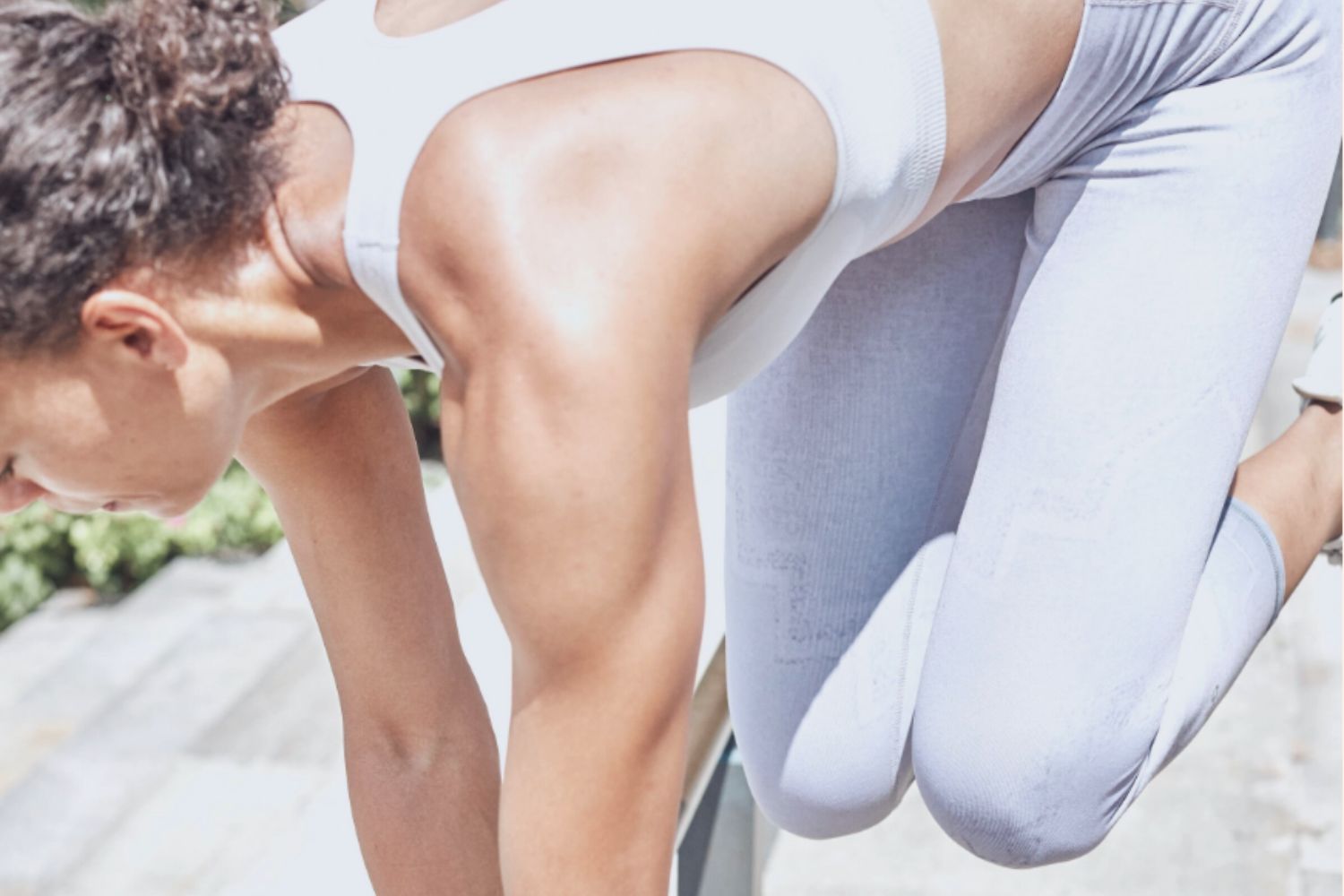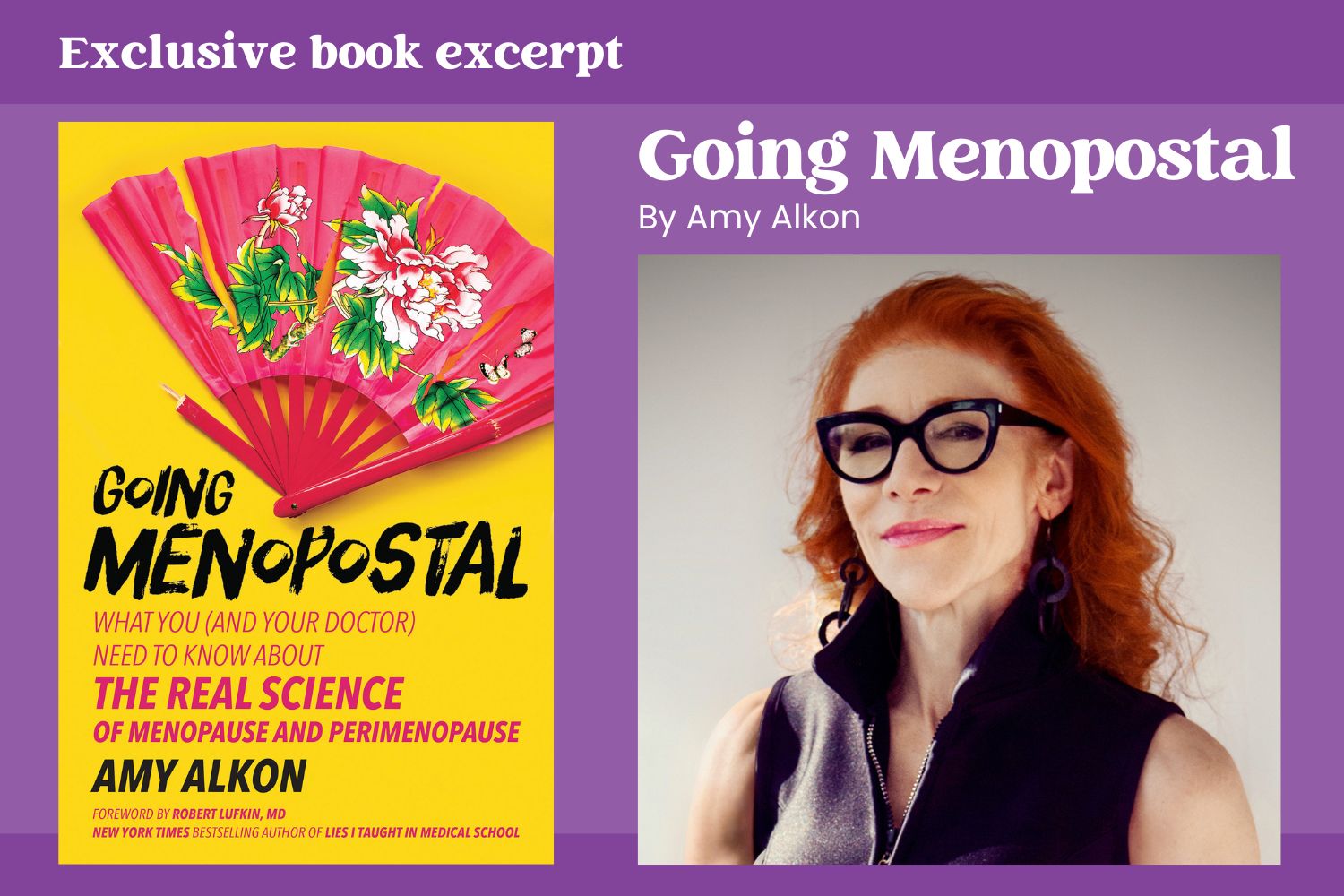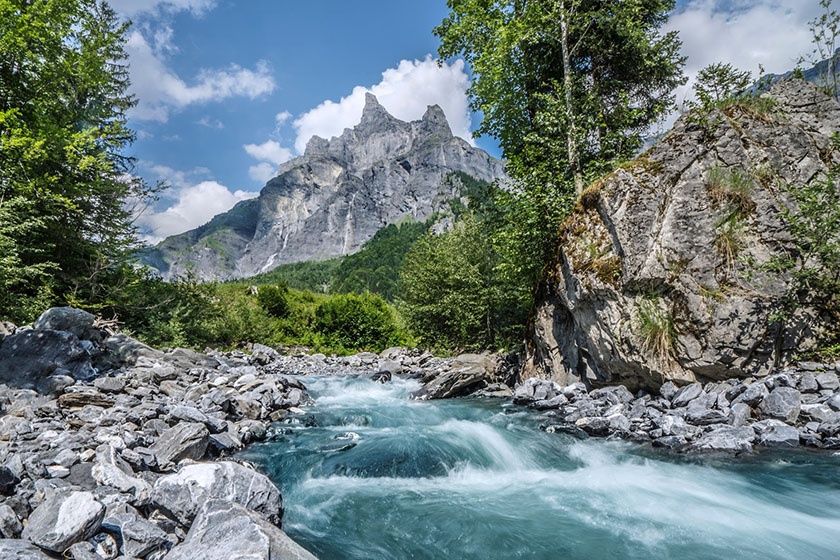
Always busy? 5 ways to stillness that you haven’t heard before
“I’m crazy busy.” Ever said this or gotten this response from someone when you asked them about their week or even weekend?
That was my response not too long ago, or I’d say, “I’m so swamped,” “too much going in,” “got no breather,” and so on.
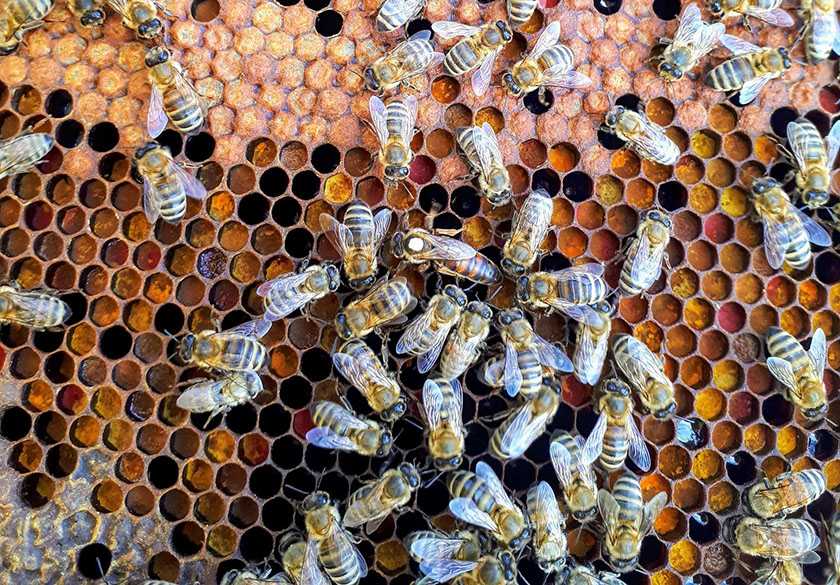
Life before streamlining my way to stillness
As a technology professional in Silicon Valley and mom of two kids, here’s what one of my weekend days — pre-Covid — would look like.
- On Saturday, I’d accept an invitation for family get-togethers for lunch and dinner, each about a half-hour drive, one way.
- That morning, each of my children would have a class to attend, and I’d organize chaperoning or carpooling. Meanwhile, my husband would need a pick-up from the car mechanic.
- I’d excessively text people to coordinate all of the day’s activities while scouring through my closet to pick what to wear for the get-togethers.
- I’d also ask a friend to stop by for tea and snacks because I hadn’t seen them in so long. I’d struggle to prepare for everything, waiting my turn to take a shower. I’d be in the kitchen setting up for tea time and also search trails to hike on Sunday.
Then on Monday morning, my packed work schedule and my kids’ school-related activities would take over. I felt like a hamster on a spinning wheel.
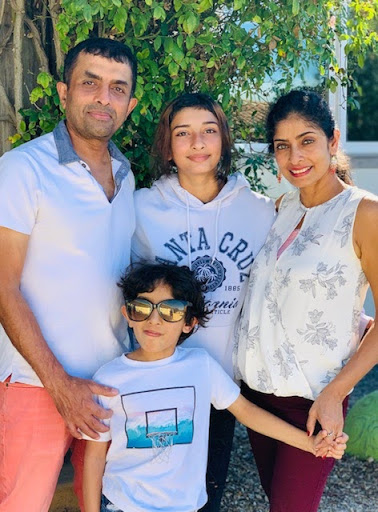
And that’s just a depiction of one of my weekends before I made big changes. In other common scenarios, after a day of work, I’d pick up my phone and start scrolling. What started with scrolling for “just a few minutes” turned into an entire hour. Emails, websites, and personalized ads are a daisy chain to a plethora of pointless clicks. I’d feel guilty as a pile of dirty clothes stared at me and realize I was late to pick up something important. Then I’d feel a gush of panic: “I have so much to do!”
For far too many women, hearing phrases like “You’re Superwoman,” “How do you do it all?”, and “Wow, you do so much ” feel like a badge of honor or a measurement of success. But are the badges worth the anxiety and overwhelm that come with it?
What’s the impact of crazy busy-ness?
We live in a world where technology has enabled us to do way more things than we were able to, say, even a decade ago. It’s a double-edged sword, if you ask me. From toddlers to young adults to people in midlife, the notion appears to be that if you’re not busy, you suck in life. The myriad social media posts can leave one feeling like everyone is doing so much all that time. The amount of information fed to our brains and the rate at which we multitask is only leaving more people unfulfilled and unhappy.
In some of those moments of feeling a void in spite of constantly being busy, I found the paths to my silent sanctuary: stillness.
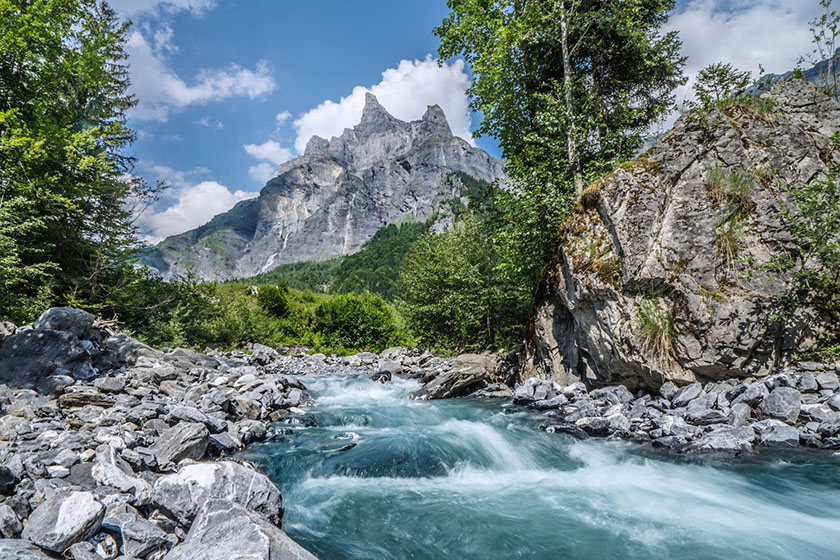
“Be still like a mountain,
and flow like a great river.”
— Lao Tse Tung
What is stillness?
The dictionary defines stillness as a state of freedom from storm or disturbance. Stillness is not about the opposite of movement; stillness is an energetic quality of being. Stillness is a choice and a way of finding your inner calm.
I implemented a few changes that allow me to reduce multitasking and stay fully focused on one task, like writing this article with full attention and heart. I still get to many things, but they are now the most important ones for my wellbeing. This has led me to authentically respond, “No, I’m not too busy” or “I don’t have too many plans” and feel amazing saying it. Here are a few ways that might help navigate through similar situations.
5 ways to get still
1. Calendar backward
Typically you make a schedule for what’s ahead. I went reverse and observed for a few weeks how I spent my days, and it was clear that I led myself into the mundane busyness.
Write down how you filled your calendar in the past week. Think about how you chose to spend your time — what jumps out to you as not important or valuable? I picked the top three unimportant things and decided to replace them with what would be more important for my overall wellbeing.
2. Question the outcome
One of my favorite questions to ask myself is, “If I didn’t organize my closet drawers, what’s the worst that can happen?” And on the flip side, I’ll ask myself, “If I do a half-hour brisk walk, will it be taking me to my higher self or keep me well?”
Asking yourself already gives you a pause before hitting the pedal to move faster. The answer may lead to great wisdom.
3. Practice the art of the polite no
A lot of us who are accustomed to being “busy” and resourceful have a huge problem saying no. More than making someone else feel bad, it is self ego that would not settle declining something. The art of the polite no is in the genuine explanation for the unacceptance. Be very clear why the answer is a no to an invitation and don’t craft a lame excuse. With a polite response, your bond will remain intact.
4. Remember that stillness is not only meditation
There’s increasing hype but also many misconceptions about meditation. Meditation can be highly effective, but if the basic grounding of your being is off balance, meditation may not be the solution to inner peace. For some people, the act of sitting with your eyes closed may not bring you the stillness and connection to your intuition. Instead, you may find that activities like observing or walking in nature, cooking, or listening to music provide similar or better results.
“If the basic grounding of your being is off balance, meditation may not be the solution to inner peace.”
5. Be thankful for downtime
Instead of being thankful for having a lot of things to do, when you have nothing to do even for a few minutes, say a huge thanks for that downtime and give yourself permission to settle into it with a few long, deep breaths. It is much needed to restore and recalibrate.

